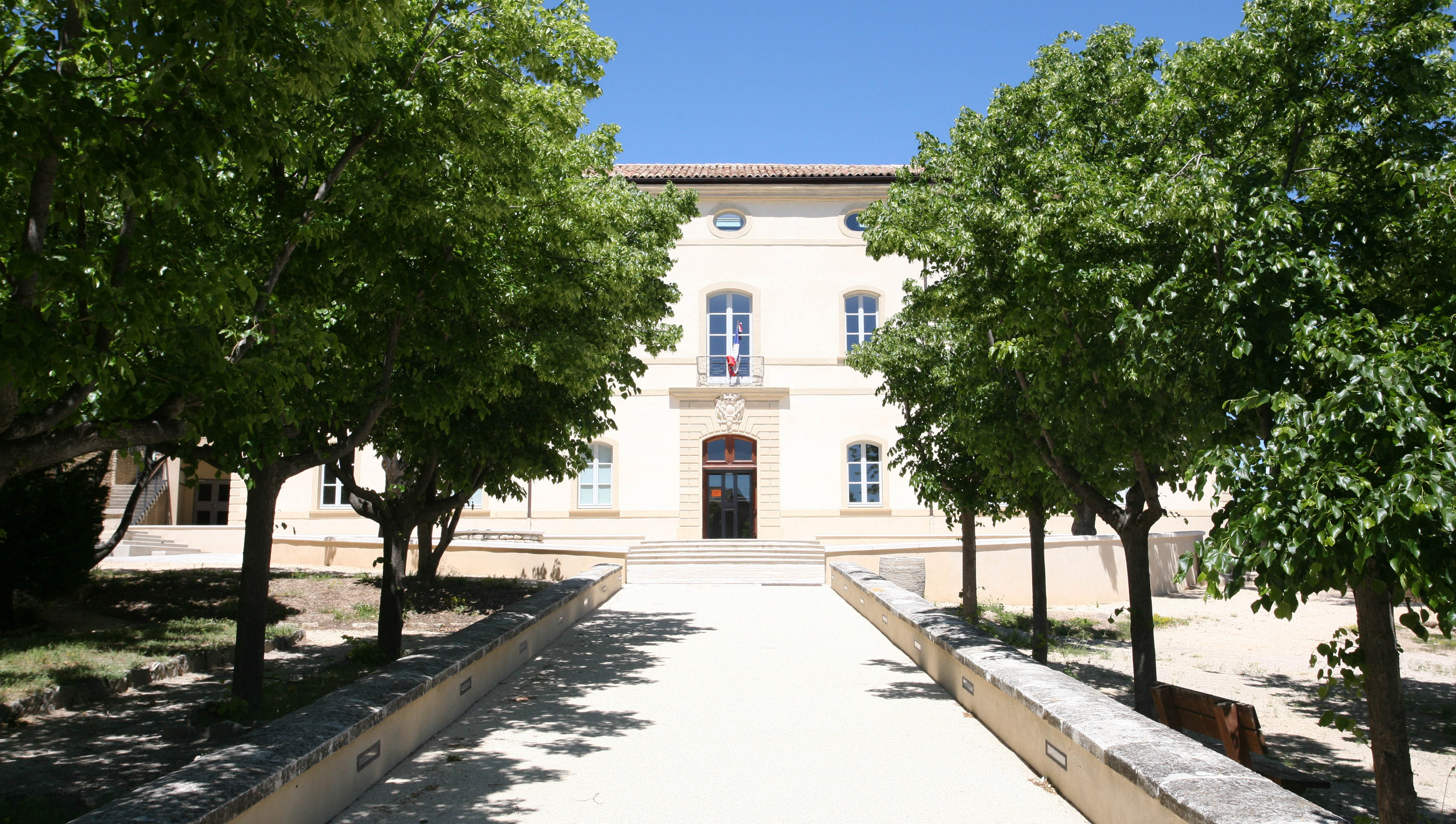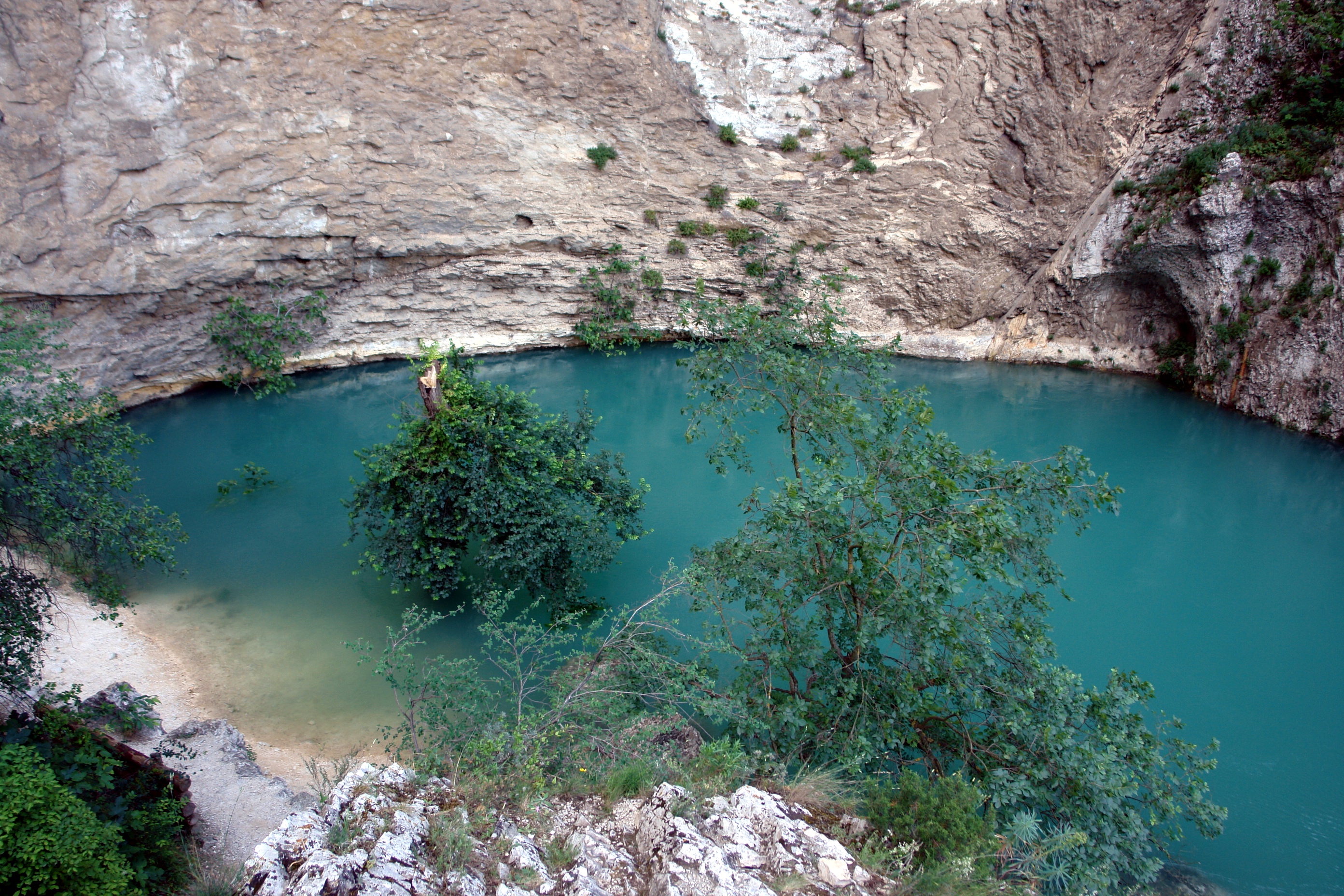|
Village Des Bories
Village des Bories is an open-air museum of 20 or so dry stone huts located 1.5 km west of the Provence, Provençal village of Gordes, in the Vaucluse department of France. The area was once an outlying district of the village, under the official name of 'Les Savournins', while the grouping of huts were called 'Les Cabanes' in local parlance. Location These huts, which were once agricultural outhouses used on a seasonal basis, stand on a hill at an average altitude of 270–275 metres, between the Sénancole stream – its border to the West – and the Gamache vale – its border to the East, in what the Gordes villagers call the “garrigue” (scrubland) or “montagne” (the hills). Designations In the 1809 land map, the hamlet is referred to as “hameau des Savournins”, a designation which is abridged to “Les Savournins” in the 1956 land map. In local parlance, it was still called “Les cabanes” (the huts) in the late 1970s. Its modern, museological name w ... [...More Info...] [...Related Items...] OR: [Wikipedia] [Google] [Baidu] |
Village De Bories -1- 14
A village is a clustered human settlement or Residential community, community, larger than a hamlet (place), hamlet but smaller than a town (although the word is often used to describe both hamlets and smaller towns), with a population typically ranging from a few hundred to a few thousand. Though villages are often located in rural areas, the term urban village is also applied to certain urban neighborhoods. Villages are normally permanent, with fixed dwellings; however, transient villages can occur. Further, the dwellings of a village are fairly close to one another, not scattered broadly over the landscape, as a dispersed settlement. In the past, villages were a usual form of community for societies that practice subsistence agriculture, and also for some non-agricultural societies. In Great Britain, a hamlet earned the right to be called a village when it built a Church (building), church. [...More Info...] [...Related Items...] OR: [Wikipedia] [Google] [Baidu] |
Dry Stone
Dry stone, sometimes called drystack or, in Scotland, drystane, is a building method by which structures are constructed from stones without any mortar to bind them together. Dry stone structures are stable because of their construction method, which is characterized by the presence of a load-bearing façade of carefully selected interlocking stones. Dry stone construction is best known in the context of stone walls, traditionally used for the boundaries of fields and churchyards, or as retaining walls for terracing, but dry stone sculptures, buildings, bridges, and other structures also exist. The term tends not to be used for the many historic styles which used precisely-shaped stone, but did not use mortar, for example the Greek temple and Inca architecture. The art of dry stone walling was inscribed in 2018 on the UNESCO representative list of the intangible cultural heritage of humanity, for dry stone walls in countries such as France, Greece, Italy, Slovenia, Cr ... [...More Info...] [...Related Items...] OR: [Wikipedia] [Google] [Baidu] |
Provence
Provence (, , , , ; oc, Provença or ''Prouvènço'' , ) is a geographical region and historical province of southeastern France, which extends from the left bank of the lower Rhône to the west to the Italian border to the east; it is bordered by the Mediterranean Sea to the south. It largely corresponds with the modern administrative region of Provence-Alpes-Côte d'Azur and includes the departments of Var, Bouches-du-Rhône, Alpes-de-Haute-Provence, as well as parts of Alpes-Maritimes and Vaucluse.''Le Petit Robert, Dictionnaire Universel des Noms Propres'' (1988). The largest city of the region and its modern-day capital is Marseille. The Romans made the region the first Roman province beyond the Alps and called it ''Provincia Romana'', which evolved into the present name. Until 1481 it was ruled by the Counts of Provence from their capital in Aix-en-Provence, then became a province of the Kings of France. While it has been part of France for more than 500 years, it ... [...More Info...] [...Related Items...] OR: [Wikipedia] [Google] [Baidu] |
Gordes
Gordes (; oc, Gòrda) is a commune in the Vaucluse département in the Provence-Alpes-Côte d'Azur region in southeastern France. The residents are known as ''Gordiens.'' The nearest big city is Avignon; smaller cities nearby include Cavaillon, L'Isle-sur-la-Sorgue and Apt. Geography The territory of Gordes occupies some of " Les Monts de Vaucluse", a group of mountains and hills, part in the valley of the Calavon (a local river) also called the "Luberon Valley". Neighboring communes Neighboring villages are Venasque and Murs to the north, Joucas and Roussillon to the east, Goult, Saint-Pantaléon (Vaucluse), Saint-Pantaléon, Beaumettes and Oppède to the south and Cabrières-d'Avignon and Saumane-de-Vaucluse to the west. Topography Located between two geographic area, Gordes is one of the biggest Communes of France, communes of the area with 4,804 hectares. The north is defined by the southern edge of the Vaucluse Mountains. The highest point of the commune (635 meters ... [...More Info...] [...Related Items...] OR: [Wikipedia] [Google] [Baidu] |
Vaucluse
Vaucluse (; oc, Vauclusa, label= Provençal or ) is a department in the southeastern French region of Provence-Alpes-Côte d'Azur. It had a population of 561,469 as of 2019.Populations légales 2019: 84 Vaucluse INSEE The department's prefecture is . It is named after a spring, the Fontaine de Vaucluse, one of the largest |
Plan Viala Du Vdb
A plan is typically any diagram or list of steps with details of timing and resources, used to achieve an objective to do something. It is commonly understood as a temporal set of intended actions through which one expects to achieve a goal. For spatial or planar topologic or topographic sets see map. Plans can be formal or informal: * Structured and formal plans, used by multiple people, are more likely to occur in projects, diplomacy, career The career is an individual's metaphorical "journey" through learning, work and other aspects of life. There are a number of ways to define career and the term is used in a variety of ways. Definitions The ''Oxford English Dictionary'' defin ...s, economic development, military campaigns, combat, sports, games, or in the conduct of other business. In most cases, the absence of a well-laid plan can have adverse effects: for example, a non-robust project plan can cost the organization time and money. * Informal or ad hoc plans a ... [...More Info...] [...Related Items...] OR: [Wikipedia] [Google] [Baidu] |
Gordes Groupe VI
Gordes (; oc, Gòrda) is a commune in the Vaucluse département in the Provence-Alpes-Côte d'Azur region in southeastern France. The residents are known as ''Gordiens.'' The nearest big city is Avignon; smaller cities nearby include Cavaillon, L'Isle-sur-la-Sorgue and Apt. Geography The territory of Gordes occupies some of " Les Monts de Vaucluse", a group of mountains and hills, part in the valley of the Calavon (a local river) also called the "Luberon Valley". Neighboring communes Neighboring villages are Venasque and Murs to the north, Joucas and Roussillon to the east, Goult, Saint-Pantaléon, Beaumettes and Oppède to the south and Cabrières-d'Avignon and Saumane-de-Vaucluse to the west. Topography Located between two geographic area, Gordes is one of the biggest communes of the area with 4,804 hectares. The north is defined by the southern edge of the Vaucluse Mountains. The highest point of the commune (635 meters) is in this area, next to ''la Pouraque'' and '' ... [...More Info...] [...Related Items...] OR: [Wikipedia] [Google] [Baidu] |
Gordes Interieur Carene
Gordes (; oc, Gòrda) is a commune in the Vaucluse département in the Provence-Alpes-Côte d'Azur region in southeastern France. The residents are known as ''Gordiens.'' The nearest big city is Avignon; smaller cities nearby include Cavaillon, L'Isle-sur-la-Sorgue and Apt. Geography The territory of Gordes occupies some of " Les Monts de Vaucluse", a group of mountains and hills, part in the valley of the Calavon (a local river) also called the "Luberon Valley". Neighboring communes Neighboring villages are Venasque and Murs to the north, Joucas and Roussillon to the east, Goult, Saint-Pantaléon, Beaumettes and Oppède to the south and Cabrières-d'Avignon and Saumane-de-Vaucluse to the west. Topography Located between two geographic area, Gordes is one of the biggest communes of the area with 4,804 hectares. The north is defined by the southern edge of the Vaucluse Mountains. The highest point of the commune (635 meters) is in this area, next to ''la Pouraque'' and '' ... [...More Info...] [...Related Items...] OR: [Wikipedia] [Google] [Baidu] |
Cabanes Du Breuil
The designation Cabanes du Breuil () is applied to the former agricultural dependencies of a farm located at the place known as Calpalmas at Saint-André-d'Allas, in the Dordogne department in France. Dating from the 19th century, if not the very early 20th century, these buildings share two distinguishing features, their being covered by a dry stone Corbelling, corbelled vault underneath a roofing of stone tiles and their being in clusters. Location The Cabanes du Breuil are located 9 km from Sarlat-la-Canéda, Sarlat and 12 km from Les Eyzies-de-Tayac-Sireuil, Les Eyzies, at a place called Calpalmas. They make up the outbuildings of a former agricultural farm comprising a single-storey house with a two-sided roof of stone tiles over wooden trusses, of a type commonly found in the Sarlat-la-Canéda, Sarlat region. The farmyard gate bears an inscribed date: 1841. How the designation originated According to both Napoleon I of France, Napoleonic and modern-day Land regis ... [...More Info...] [...Related Items...] OR: [Wikipedia] [Google] [Baidu] |
Vernacular Architecture
Vernacular architecture is building done outside any academic tradition, and without professional guidance. This category encompasses a wide range and variety of building types, with differing methods of construction, from around the world, both historical and extant, representing the majority of buildings and settlements created in pre-industrial societies. Vernacular architecture constitutes 95% of the world's built environment, as estimated in 1995 by Amos Rapoport, as measured against the small percentage of new buildings every year designed by architects and built by engineers. Vernacular architecture usually serves immediate, local needs; is constrained by the materials available in its particular region; and reflects local traditions and cultural practices. Traditionally, the study of vernacular architecture did not examine formally schooled architects, but instead that of the design skills and tradition of local builders, who were rarely given any attribution for the w ... [...More Info...] [...Related Items...] OR: [Wikipedia] [Google] [Baidu] |
Monuments Historiques Of Provence-Alpes-Côte D'Azur
A monument is a type of structure that was explicitly created to commemorate a person or event, or which has become relevant to a social group as a part of their remembrance of historic times or cultural heritage, due to its artistic, historical, political, technical or architectural importance. Some of the first monuments were dolmens or menhirs, megalithic constructions built for religious or funerary purposes. Examples of monuments include statues, (war) memorials, historical buildings, archaeological sites, and cultural assets. If there is a public interest in its preservation, a monument can for example be listed as a UNESCO World Heritage Site. Etymology It is believed that the origin of the word "monument" comes from the Greek ''mnemosynon'' and the Latin ''moneo'', ''monere'', which means 'to remind', 'to advise' or 'to warn', however, it is also believed that the word monument originates from an Albanian word 'mani men' which in Albanian language means 'remember ... [...More Info...] [...Related Items...] OR: [Wikipedia] [Google] [Baidu] |







